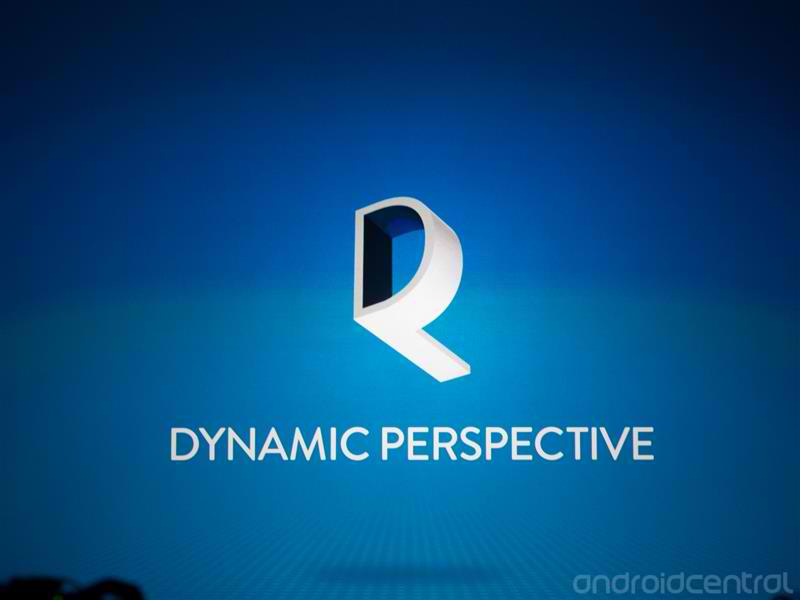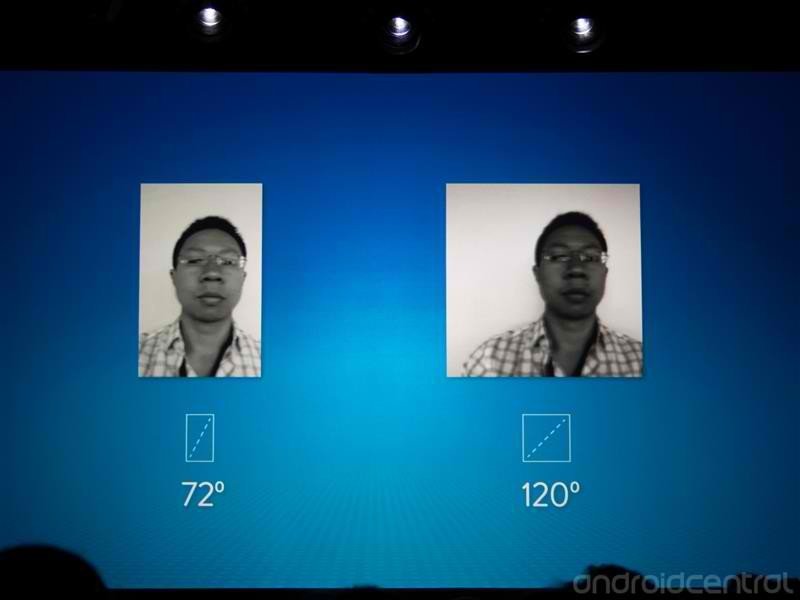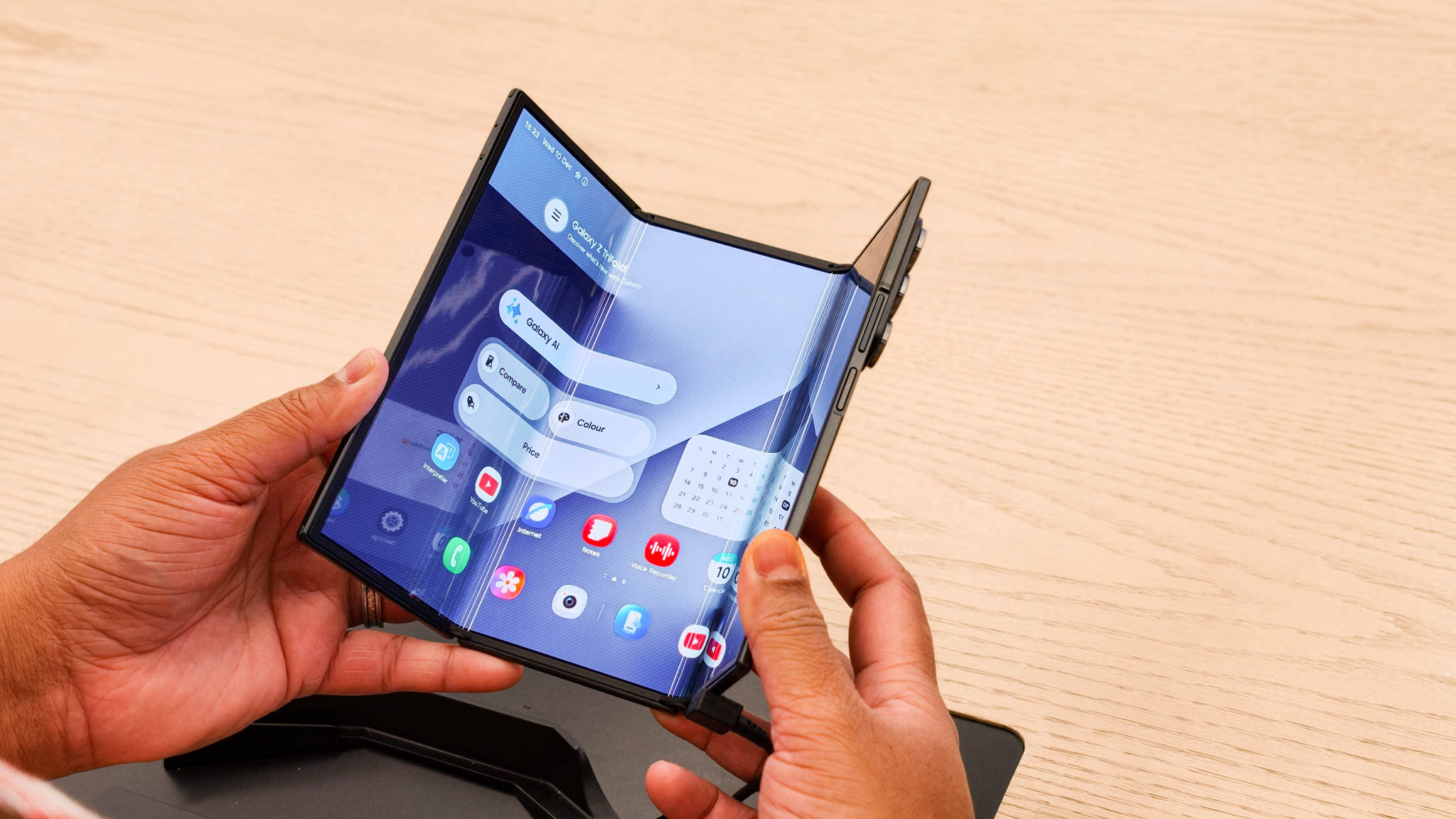Dynamic Perspective adds a new dimension to Fire Phone's UI

Amazon is using 3D to add a new dimension to using and interacting with its newly unveiled Fire Phone. The Fire Phone uses all of its sensors to give users a new perspective in interactions. Fire Phone uses its four front-facing cameras that are mounted on the corners of your screen to track your face and the phone's movement to generate the the dynamic perspective. This allows for gentle tilting to flip pages on Kindle Books or zoom in on images depending on direction and angle of tilt.
While tilt scrolling is nothing new, hopefully with the support of added hardware Amazon could do this better than rivals like Samsung. Amazon is also leveraging this tilting in games as well so you don't need controls to pan around a game. This could be beneficial to adventure games, FPS, and other 3D titles where you're moving around in the real world.
Additionally, Amazon is also adding perspective to looking at things in 3D.
The new Amazon Maps app is also laid out in 3D and moving your hands over the screen will move the interface elements out of the way. so you have unobstructive access to your mapping information. This all happens dynamically on the fly.
To achieve this, amazon wants to know where the user's head is in relation to the phone's display at all times by leveraging its 4 cameras and mapping what it calls dynamic perspective. Amazon will overcome darkness, if a user is wearing sunglasses, and other changes by using the four cameras along with infra-red lights so that the phone can maintain this dynamic perspective even in the dark.

Each of the four cameras has a 120-degree lens so that it has a wide angle and can capture the user's face or head even if the phone is not held directly in front of the face. There's also depth sensing so that the camera will know how big a head should be and reject false positives, such as heads sensed on other objects.
Using dynamic perspective, Fire Phone stores this information as X, Y, and Z data and the Dynamic Perspective SDK is available to developers. Hopefully, we'll see more apps that leverage this new user interaction. Developers can add this SDK to existing Android titles. The SDK is available today.
Get the latest news from Android Central, your trusted companion in the world of Android
Have you listened to this week's Android Central Podcast?

Every week, the Android Central Podcast brings you the latest tech news, analysis and hot takes, with familiar co-hosts and special guests.

